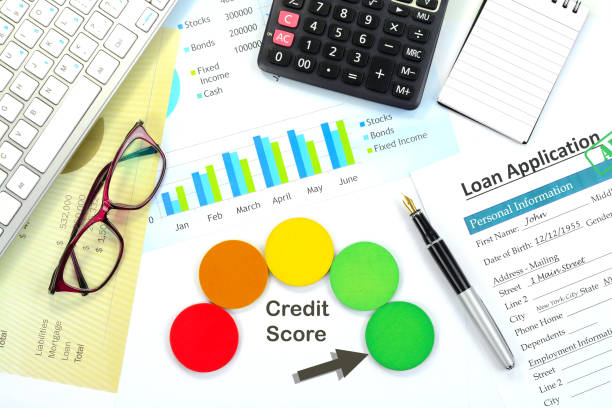 The crisis of overextended personal debt is a complex financial state where liabilities become unmanageable, and its profound impact on an individual’s economic viability is most clearly quantified through the five factors of a credit score. This scoring model, developed by Fair Isaac Corporation (FICO), is not merely a number but a diagnostic framework that reveals the precise behaviors and conditions leading to financial distress. Understanding these factors provides a roadmap for both how debt spirals out of control and how one can begin the journey toward solvency.The most significant factor, payment history, is often the first casualty of overextension. As cash flow tightens, making timely minimum payments on various accounts becomes challenging, and even a single missed payment can trigger a severe drop in one’s score. Closely related is amounts owed, which considers credit utilization ratio—the balance on revolving accounts relative to their limits. High utilization, a direct symptom of overreliance on credit, signals risk to lenders and heavily penalizes scores. As debt mounts, individuals may open new accounts in an attempt to manage cash flow, negatively impacting the length of credit history factor by lowering the average age of all accounts. This pursuit of new credit also affects the credit mix and new credit factors. While having a diverse mix of account types can be positive, impulsively opening new credit cards or loans during financial strain is viewed as a red flag, especially if several hard inquiries appear in a short period.Therefore, the five factors act as both a mirror and a guide. They reflect the consequences of financial behavior with stark clarity, showing how missed payments and maxed-out cards erode one’s financial standing. Conversely, they provide a clear, structured strategy for recovery. By focusing on these levers—making consistent payments, paying down balances to lower utilization, and avoiding new credit—an individual can systematically rebuild their score. This methodical approach turns the abstract goal of “getting out of debt” into a targeted effort to improve each specific component, ultimately restoring financial health and access to affordable credit.
The crisis of overextended personal debt is a complex financial state where liabilities become unmanageable, and its profound impact on an individual’s economic viability is most clearly quantified through the five factors of a credit score. This scoring model, developed by Fair Isaac Corporation (FICO), is not merely a number but a diagnostic framework that reveals the precise behaviors and conditions leading to financial distress. Understanding these factors provides a roadmap for both how debt spirals out of control and how one can begin the journey toward solvency.The most significant factor, payment history, is often the first casualty of overextension. As cash flow tightens, making timely minimum payments on various accounts becomes challenging, and even a single missed payment can trigger a severe drop in one’s score. Closely related is amounts owed, which considers credit utilization ratio—the balance on revolving accounts relative to their limits. High utilization, a direct symptom of overreliance on credit, signals risk to lenders and heavily penalizes scores. As debt mounts, individuals may open new accounts in an attempt to manage cash flow, negatively impacting the length of credit history factor by lowering the average age of all accounts. This pursuit of new credit also affects the credit mix and new credit factors. While having a diverse mix of account types can be positive, impulsively opening new credit cards or loans during financial strain is viewed as a red flag, especially if several hard inquiries appear in a short period.Therefore, the five factors act as both a mirror and a guide. They reflect the consequences of financial behavior with stark clarity, showing how missed payments and maxed-out cards erode one’s financial standing. Conversely, they provide a clear, structured strategy for recovery. By focusing on these levers—making consistent payments, paying down balances to lower utilization, and avoiding new credit—an individual can systematically rebuild their score. This methodical approach turns the abstract goal of “getting out of debt” into a targeted effort to improve each specific component, ultimately restoring financial health and access to affordable credit.
Every dollar of income is assigned a purpose (expenses, debt repayment, savings), leaving no money unallocated. This maximizes efficiency and prevents wasteful spending.
Generally, no. This should be an absolute last resort. You'll likely face early withdrawal penalties and taxes, and you'll be robbing your future self of compound interest, making it much harder to retire comfortably.
Prioritize medical debts with the highest interest rates or those threatening collections. Secure essential needs (housing, food) first, and seek hardship accommodations for other debts.
The biggest risk is the loss of the collateral through repossession (for a car) or foreclosure (for a home). This not means losing the asset but also severely damaging your credit score and leaving you with potential residual debt if the sale price doesn't cover the full loan balance.
The positive impact is not immediate. It takes time for the new account to age and for you to establish a history of on-time payments. The benefit to your mix is realized gradually as the account matures.